6 Types of Car Fluids You Need to Maintain
28 July, 2020
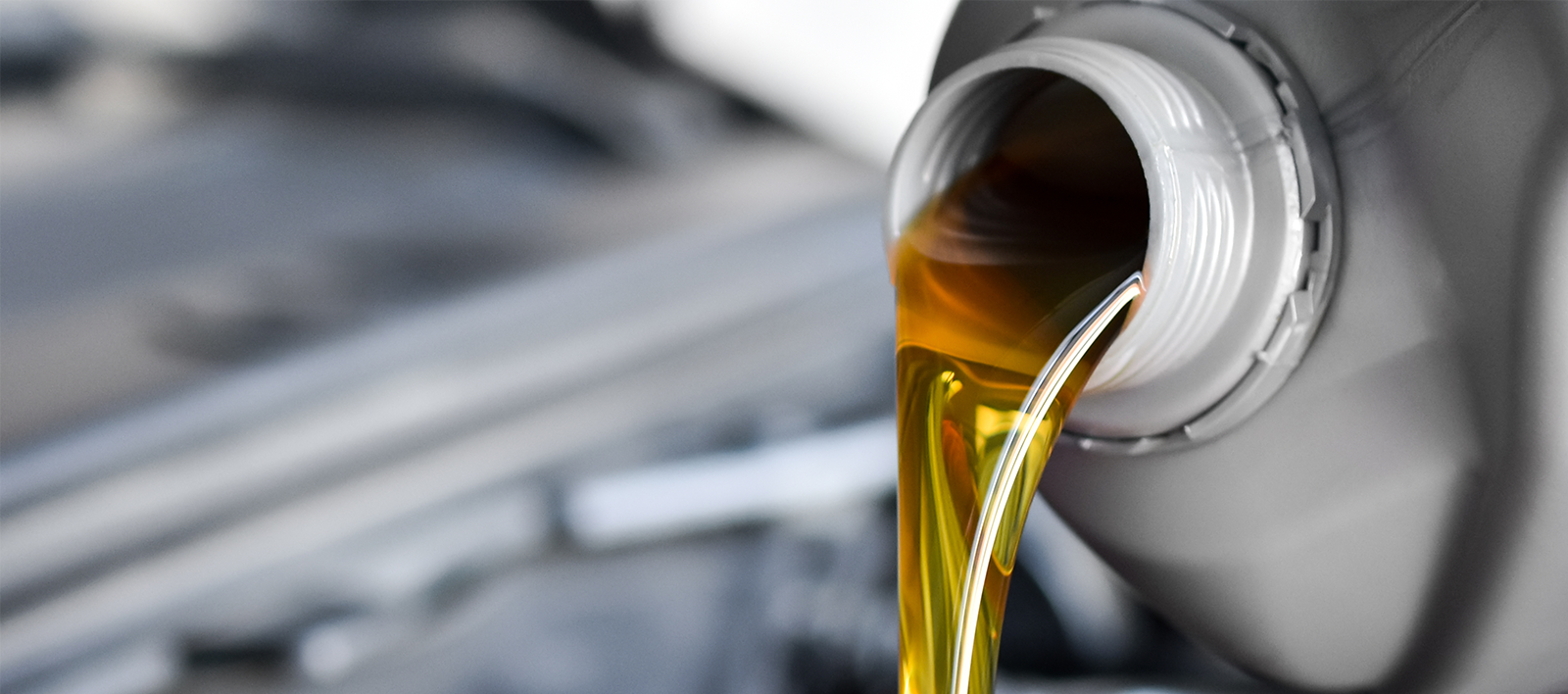
Fluids are considered as an important element capable of reducing friction between metals in the car engine. There are various types of fluid in car engines, each of which has a very vital role.
Not only do these oils can prevent friction between metals that can cause scratches or wear and tear, but they can also act as a cooler, and prevent rust as well as soften the sound of the engine.
Yes, car engine fluid types differ and this depends on where the oil is used. Besides, each type of engine fluid must also be replaced according to the manufacturer’s recommendation. What are the types of oil in a car engine? Read down below if you want to know more.
Oil

Engine oil is the most well-known car fluid. Every time we go to an automobile repair shop, we are often reminded to replace oil, and that is not wrong. As mentioned above, engine oil has abundant functions. When it enters the machine, the oil will spread to all parts of the machine and lubricate the innards including, among others, the piston, cylinder wall, or crankshaft.
To keep it in good condition, engine oil must be replaced either when the car has reached a distance of 5,000 to 10,000 km or once every six months, whichever holds first.
Transmission Fluid
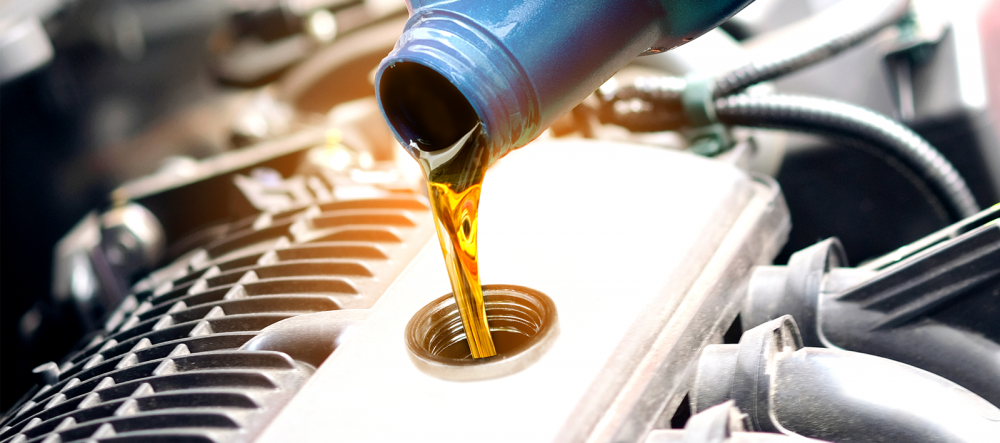
As the name suggests, transmission fluid is used specifically for the transmission parts. This fluid is very important because it is used for the process of changing gears to make it easier and smoother.
Transmission fluid also acts as a lubricant for the innards of the car, so they don’t become stiff. The transmission fluid will lubricate the gear and bearing in a manual transmission car. Whereas for the automatic transmission car, this fluid will work on the clutch and torque.
As you may guess, a manual transmission car needs a transmission fluid that is different than that of an automatic one. Manual transmission fluid, usually has a thickness above 40 SEA. It needs to be replaced when a distance of 10,000 KM has been reached.
On the other hand, Automatic Transmission Fluid (ATF) is the type commonly used by automatic cars and is generally replaced when the machine has reached 20,000 KIM.
Brake Fluid
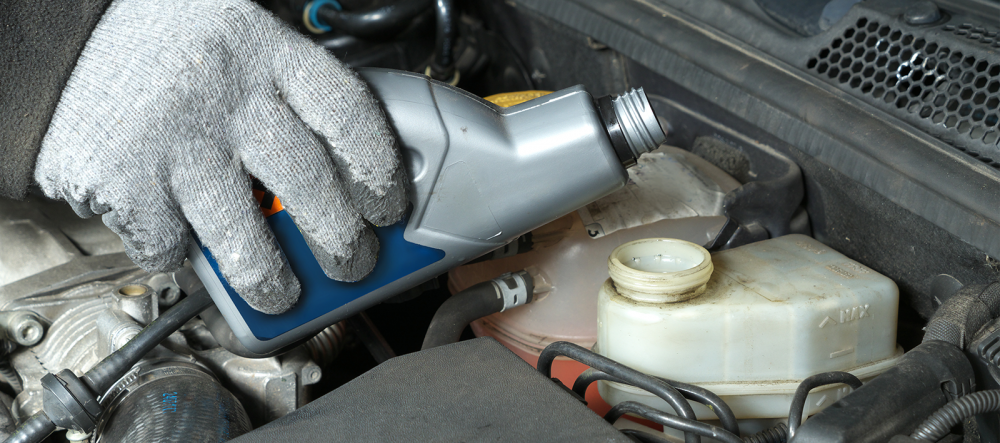
Brake fluid is one that may still be rarely known by people, especially if you are new to driving a car. The existence of brake fluid will be very helpful for the braking system because when the brake handle is pressed it transfers power from the brake handle to the disc and brake lining.
Also read: Tips How To Maintaining Your New Car
If you want to open the brake tank, you need to be very careful because any dirt can get into the brake tank. If this happens, it is quite possible to cause clogging. The brake fluid replacement is done if the fluid color has changed or at least your car has traveled approximately 30,000 KM.
Axle Fluid
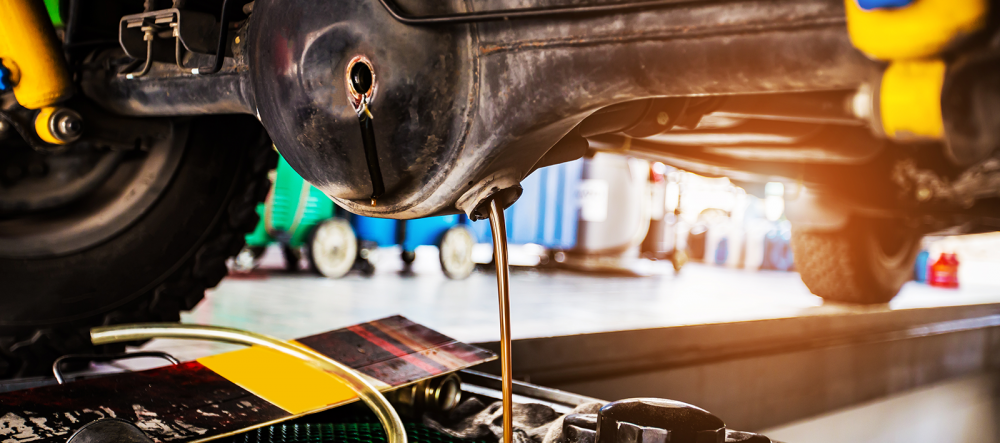
The axle fluid needs to be changed when the car reaches a distance of 10,000 KM or 20,000 KM and in conjunction with the transmission fluid change.
The importance of changing the axle fluid is none other than lubricating the axle gear contact and being able to protect components such as pinion gear that is always rubbing against and bearings that are also equally moving each other. To keep it in a top condition, you can change the axle fluid if your car has passed 10,000 km or a maximum of 20,000 km distance.
Power Steering Fluid
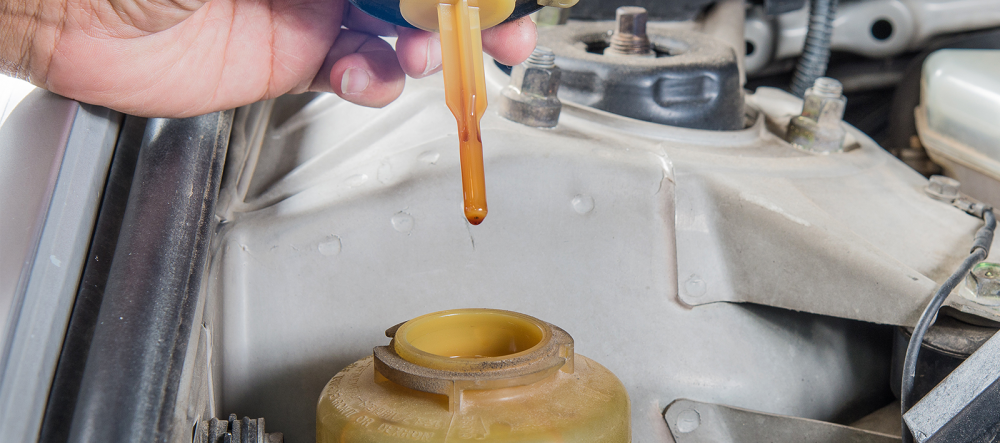
You also need to replace the power steering fluid once every 40,000 KM reaches distance. This is because power steering fluid is useful for lubricating pump parts and also lightening the steering wheel.
Transfer Fluid
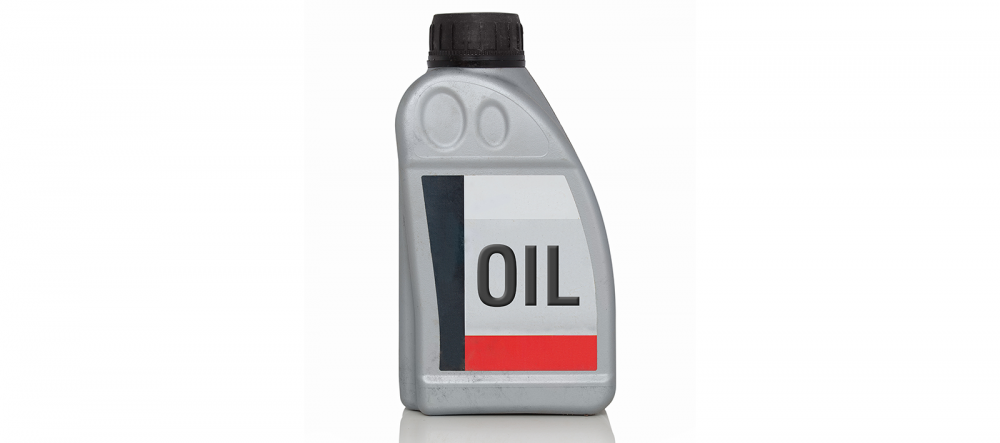
This type of car engine fluid may not sound familiar to the Indonesian people. If you have heard of it, you may notice that transfer fluid is only used on all-wheel drive (AWD), or more commonly known as 4WD or 4×4 cars.
Transfer fluid protects components such as chains and bearings. Transfer fluid will keep the gears to spin smoothly. Note, though, that this fluid needs to be changed every 40,000 km passed.
Those are the six types of engine fluid that are crucial to your car’s performance. Hopefully, this information is helpful for your automotive industry knowledge.


